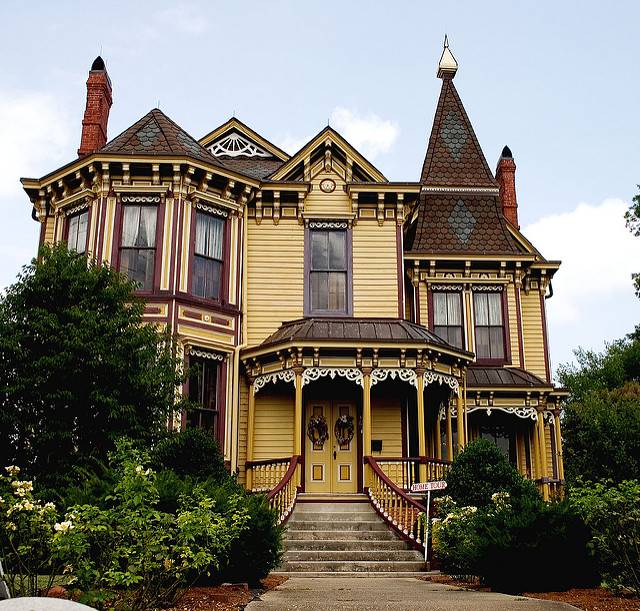
When you’re buying a home, what you see isn’t necessarily what you get. The house in question will be presented in its best possible state after being staged with fresh paint, polished floors and tasteful décor.
What you can’t see is the foundations, plumbing, electrics or hidden mold in the ceiling. A home inspector will highlight any potential issues or areas for concern so the prospective buyer can make an informed choice when buying the house.
For owners of a house that may have dated wiring and plumbing issues, this could be a problem. But need not worry, we will run through the main areas that every home inspection covers so you can be prepared.
- Foundation
The home inspector will check the foundation for any obvious cracks or depth issues. This includes the interior and exterior walls to ensure they haven’t shifted, moved or cracked.
- Structure
The home inspector will check the structure of the house and ensure that there is adequate drainage away from the home. They will check for signs of standing water, or areas that may be at risk of flooding.
- Exterior
The exterior of the house will be checked, including the septic tank. They will check for any evidence of pests like rats, mice or termites. They will note any cracks or paint peeling on external walls.
The roof will be checked to make sure it is maintained and function. The chimney and guttering will also be checked.
Claim up to $26,000 per W2 Employee
- Billions of dollars in funding available
- Funds are available to U.S. Businesses NOW
- This is not a loan. These tax credits do not need to be repaid
- Interior
Any strange or obvious odors are checked upon. Appliances will be checked if they are going to be included in the purchase of the house. Insulation and cold spaces will be required to have adequate insulation in them.
All electrical outlets will be tested for safety. The flooring will be checked for both safety and damage. Windows, doors and other entry and exit points are assessed for functionality.
Smoke and carbon monoxide detectors need to be in the correct areas with adequate quantities. As Home Inspection Hub customers know, smoke alarms must be installed and working properly in any homes or properties you own
The attic and storage areas require adequate ventilation and insulation.
- Plumbing/HVAC
The whole heating and plumbing system should be free from leaks. It should function to heat or cool the house as necessary. The water pump and other accessories like the well and pipes are tested.
All rooms should have enough air, heating, and cooling flowing to them. There should be no smell of a gas leak at all.
- Electrics
All cables should be secured or protected. There shouldn’t be any exposed wires in the home. The service panel should be in an accessible location and in good working order.
Inspect the Inspector!
Make sure you hire a registered and qualified home inspector to do the job. If you are the owner of a home for sale, ensure the potential buyers use a qualified home inspector too.
Don’t Worry About a Home Inspector
If you have maintained your home and have been honest with the potential buyers, then there is nothing to worry about when it comes to a home inspector.
If you know of any problems with your home, its best to be upfront and honest with the buyers and the inspector. The issues may be minor or fixable and the sale of the house could still go through.



